The hemophilia A gene therapy Roctavian delivers a functional gene to enable the body to make an essential blood clotting protein on its own.
Hemophilia is a rare bleeding disorder where the blood does not clot properly. The most common types of hemophilia include hemophilia A (also known as classical hemophilia) and hemophilia B (also called Christmas disease after Stephen Christmas, the first person diagnosed with the disorder).
Approximately 400,000 people worldwide are affected by hemophilia, including 20,000 individuals in the US. A lack of sufficient functioning factor VIII and factor IX blood clotting proteins would result in the development of hemophilia A and hemophilia B, respectively. Hemophilia A is more common than hemophilia B, and around 50 percent of hemophilia A patients are affected by the severe form of the disorder.
Last week, the first gene therapy for severe hemophilia A, Roctavian (valoctocogene roxaparvovec), developed by BioMarin Pharmaceutical Inc., was granted conditional marketing authorization (CMA) by the European Commission (EC). The CMA is for adult patients who do not have a history of factor VIII inhibitors and who do not have detectable antibodies to adeno-associated virus serotype 5 (AAV5).
Previously Existing Treatments for Hemophilia A
A common method to treat hemophilia is replacement therapy, where the missing clotting factor is replaced by injecting clotting factor concentrates into the patient’s blood. This is done by using plasma-derived factor concentrates from human blood or recombinant factor concentrates made in a laboratory. The factor VIII or IX concentrates would be intravenously injected into the affected patients during bleeding episodes or as a precautionary measure to prevent bleeding.
The other treatment products are non-factor replacement therapies which use medications to treat the disorder. Some examples of hemophilia A medications are:
- Hemlibra (emicizumab), an antibody for the treatment of hemophilia A in adult and pediatric patients
- Stimate (desmopressin acetate), used to treat patients with hemophilia A with factor VIII coagulant activity levels greater than 5 percent
- Amicar (epsilon amino caproic acid), an antifibrinolytic that works by preventing a fibrin clot from breaking down and is often used to treat dental bleeding in patients with hemophilia A
- Tranexamic acid, indicated for short-term use in patients with hemophilia to reduce or prevent hemorrhage and lower the need for replacement therapy following tooth extraction.
Despite being efficient in establishing blood coagulation, both factor replacement therapies and non-factor replacement therapies need frequent and lifelong administrations, and thus involve high patient burden.
For example, patients with severe hemophilia are usually given factor replacement therapy intravenously two to three times a week at home. Another example is the non-factor replacement therapy Hemlibra, which should be subcutaneously injected into the patient once a week for the first four weeks, followed by a maintenance dose every week, two weeks or four weeks based on healthcare provider preference.
The Incredible Hemophilia A Gene Therapy Roctavian
Scientific discovery and research to develop a gene therapy for hemophilia A has been ongoing for almost four decades.
BioMarin’s Roctavian is the first gene therapy to treat hemophilia A. Roctavian is administered as a one-time infusion and it delivers a functional gene that enables the body to make factor VIII on its own. This relives patients of their treatment burden of continued hemophilia prophylaxis and other currently available therapies.
Roctavian is based on adenovirus-associated virus (AAV) vector-mediated gene transfer of the gene for factor VIII. A one-time infusion of Roctavian transfers the gene for factor VIII into the liver cells to allow them to make factor VIII. This helps with coagulation and reduces bleeding episodes.
“This approval in the EU represents a medical breakthrough in the treatment of patients with severe hemophilia A that expands the conversation between a patient and physician on treatment choices to now include a one-time infusion that protects from bleeds for several years,” said Professor Johannes Oldenburg, Director of the Institute of Experimental Haematology and Transfusion Medicine and the Haemophilia Centre at the University Clinic in Bonn, Germany, in BioMarin’s press release.
However, it is not yet known how long the treatment effect from a single infusion of Roctavian will last. BioMartin reported a sustained positive treatment effect of up to five years from a follow-up in a few patients from a Phase I/II dose escalation study, and up to two years from around 100 patients in the main Phase III study.
XTALKS WEBINAR: How Agile Clinical Trials Unlock Universal Access to Rare Disease Research
Live and On-Demand: Tuesday, October 4, 2022, at 11am EDT (4pm BST/UK)
Register for this free webinar to learn why the agile clinical trial model is a great fit for many rare disease categories. The featured speakers will discuss how to navigate the regulatory landscape for agile clinical trials in rare diseases, and more.
Findings from Roctavian Clinical Trials
In August 2015, a Phase I/II study of Roctavian commenced with 15 male adult participants with severe hemophilia A who did not have pre-existing immunity to the AAV5 capsid. The aim of the study was to determine the safe dosage levels and to analyze the therapy’s safety, tolerability and efficiency. The clinical trial is still ongoing and has so far provided four and five years of follow-up from the 4e13 vg/kg and 6e13 vg/kg dose cohorts, respectively.
The global GENEr8-1 Phase III clinical trial showed that Roctavian administration resulted in a stable and durable bleed control, a reduction of the mean annualized bleeding rate (ABR) and a reduction of the mean annualized factor VIII infusion rate.
An ongoing Phase IIIB study is investigating the safety and efficacy of 6e13 vg/kg Roctavian with prophylactic corticosteroids in people with hemophilia A. BioMarin is also conducting a Phase I/II study of 6e13 vg/kg Roctavian in people with hemophilia A with active or prior factor VIII inhibitors. In addition, the company has another ongoing Phase I/II study with 6e13 vg/kg Roctavian in patients with hemophilia A with pre-existing AAV5 antibodies.
“Roctavian approval in Europe is a historic milestone in medicine and is built upon almost four decades of scientific discovery, innovation and perseverance. We thank the European Commission for recognizing Roctavian’s value as the first gene therapy for hemophilia A, a feat that we believe will transform how healthcare professionals and the patient community think about caring for bleeding disorders,” said Jean-Jacques Bienaimé, Chairman and Chief Executive Officer of BioMarin, in the company’s press release.
“We are grateful to the patients, investigators and community, who dedicated their time and effort to this achievement and whose aspirations provided the driving force behind making this one-time therapy a reality,” added Bienaimé.
The CMA from the EC is expected to be converted to a standard marketing authorization once BioMarin provides additional data from the currently ongoing Roctavian clinical trials.

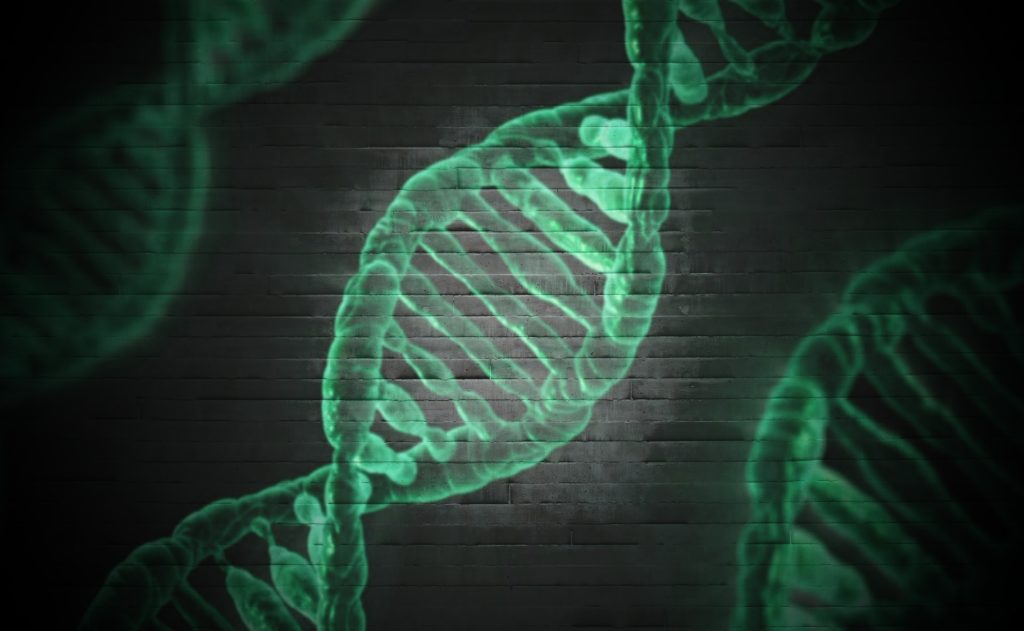

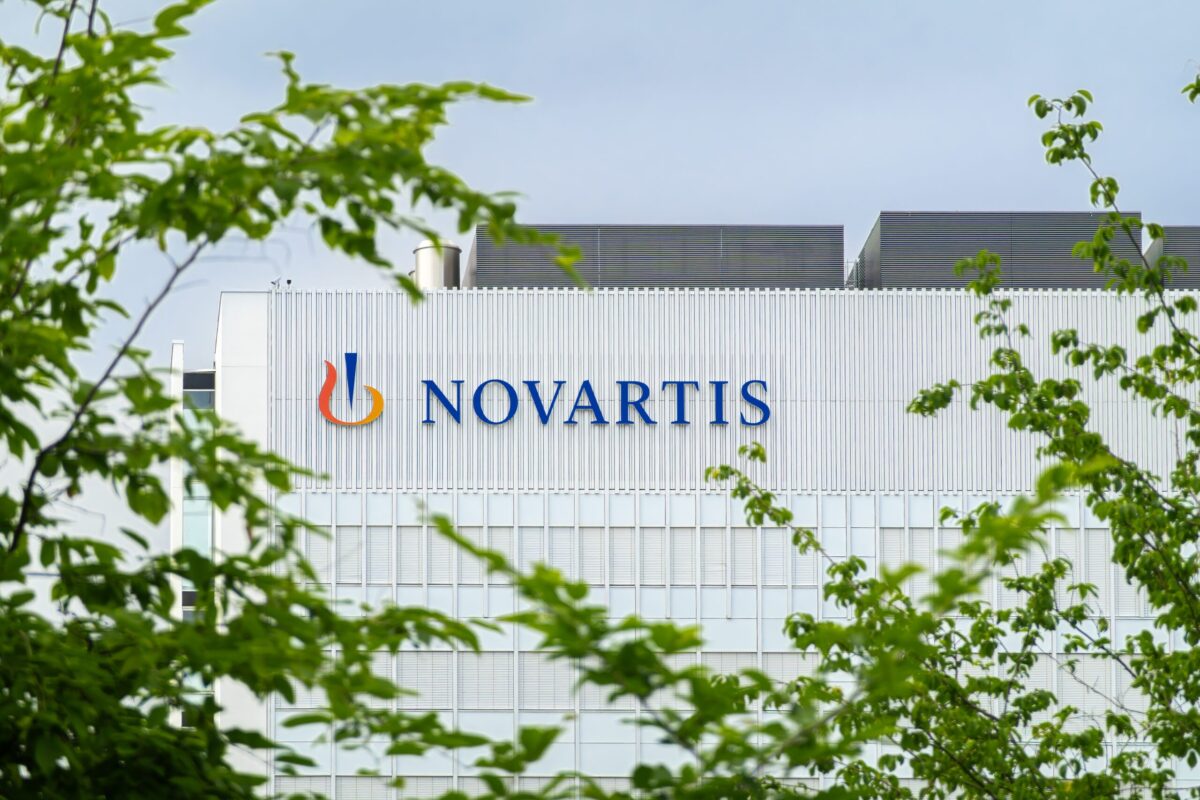
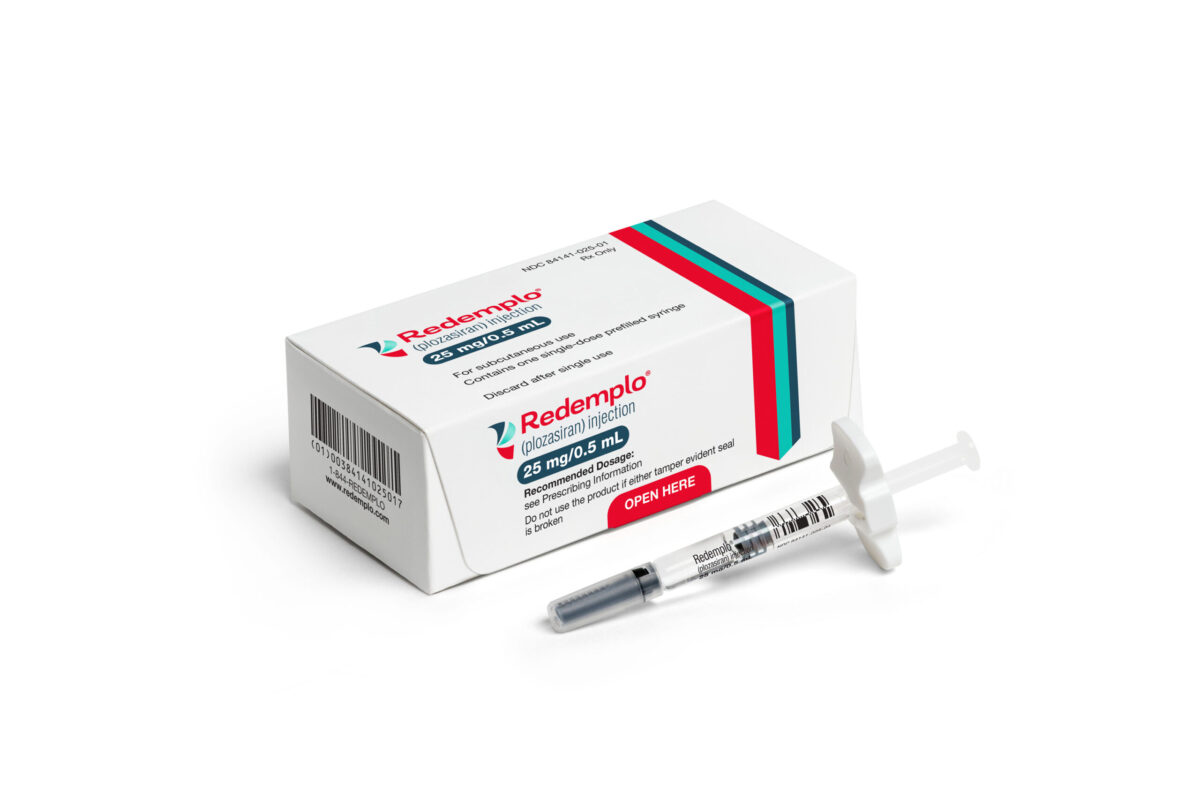
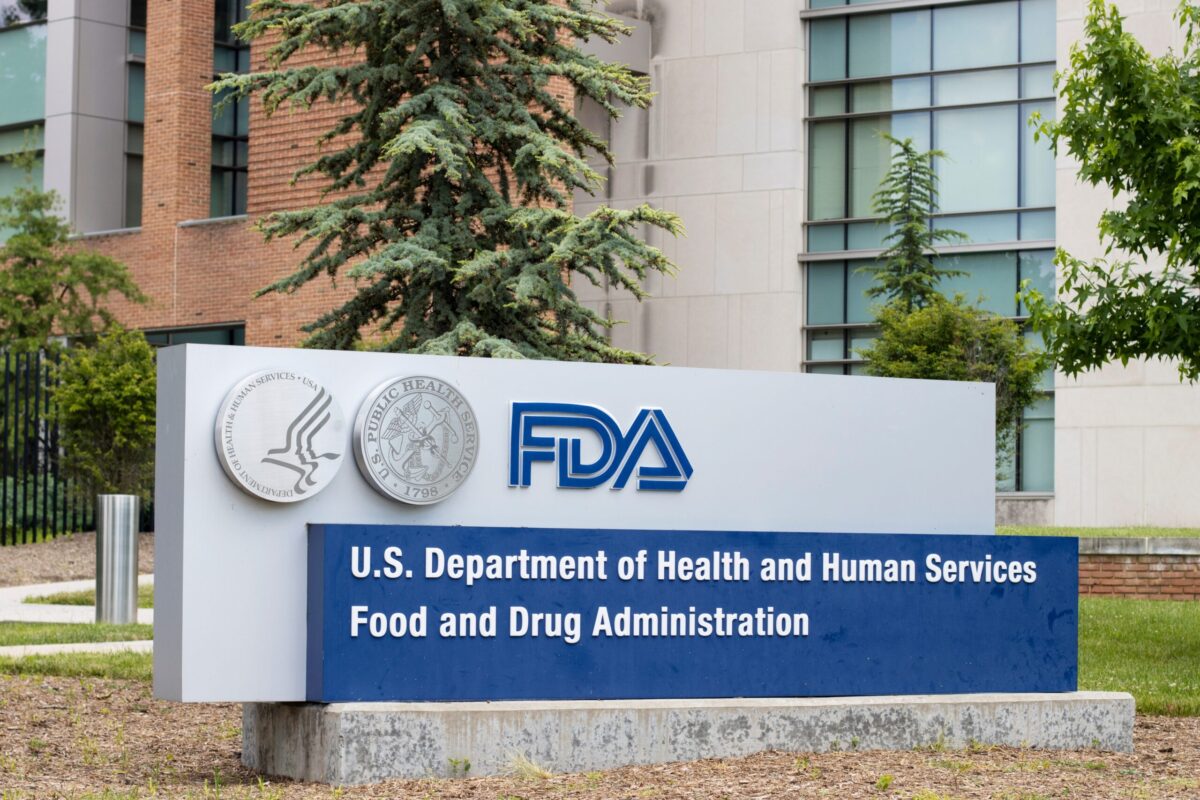
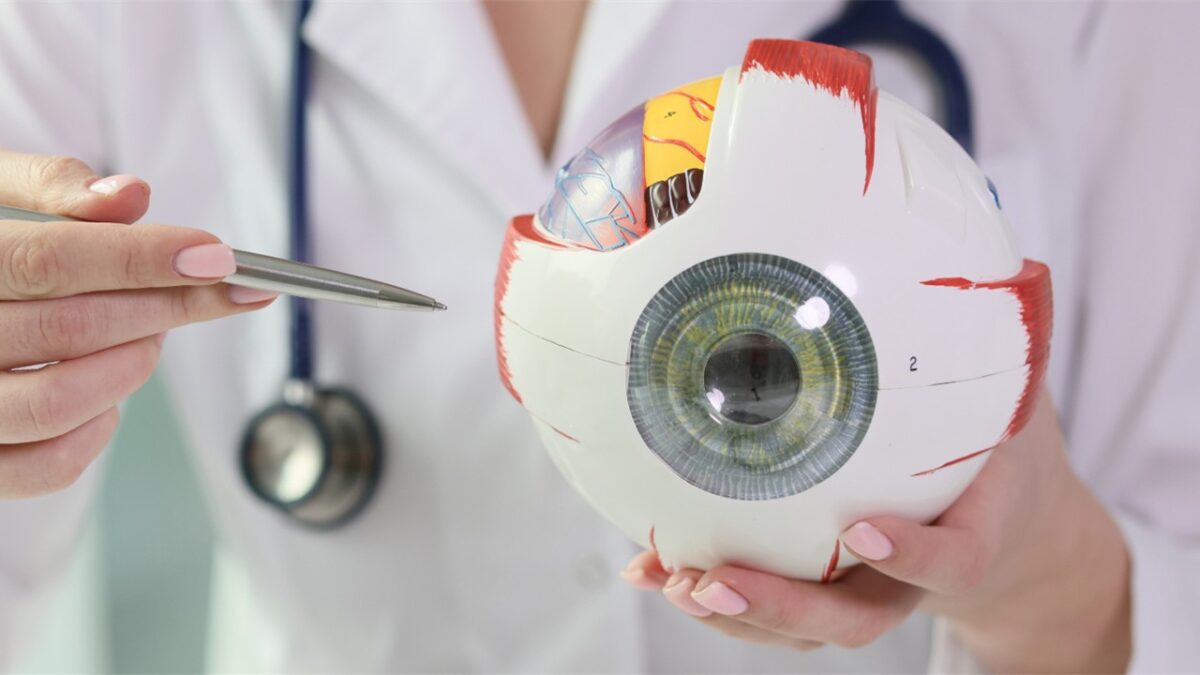





Join or login to leave a comment
JOIN LOGIN